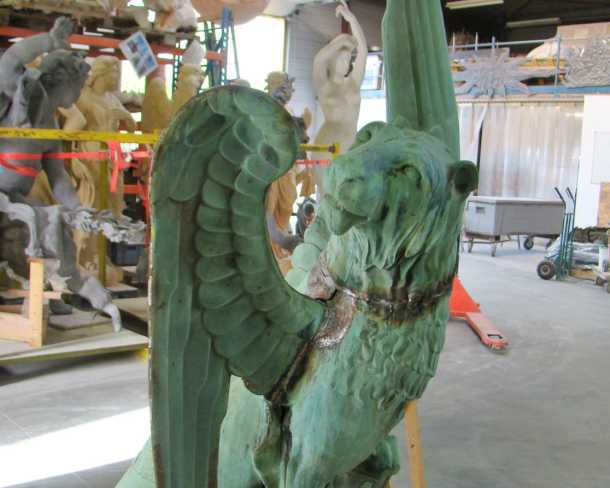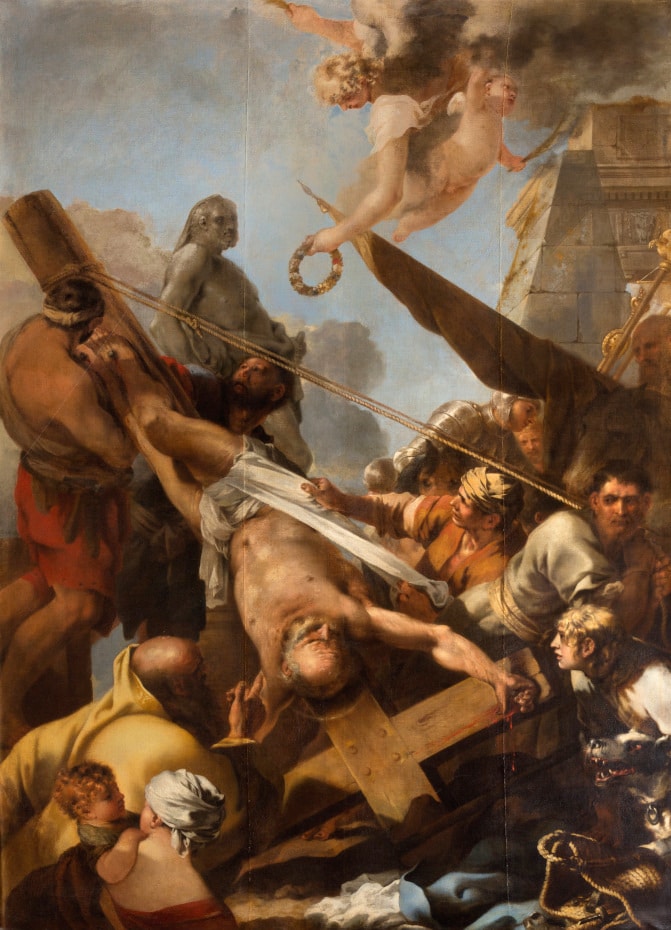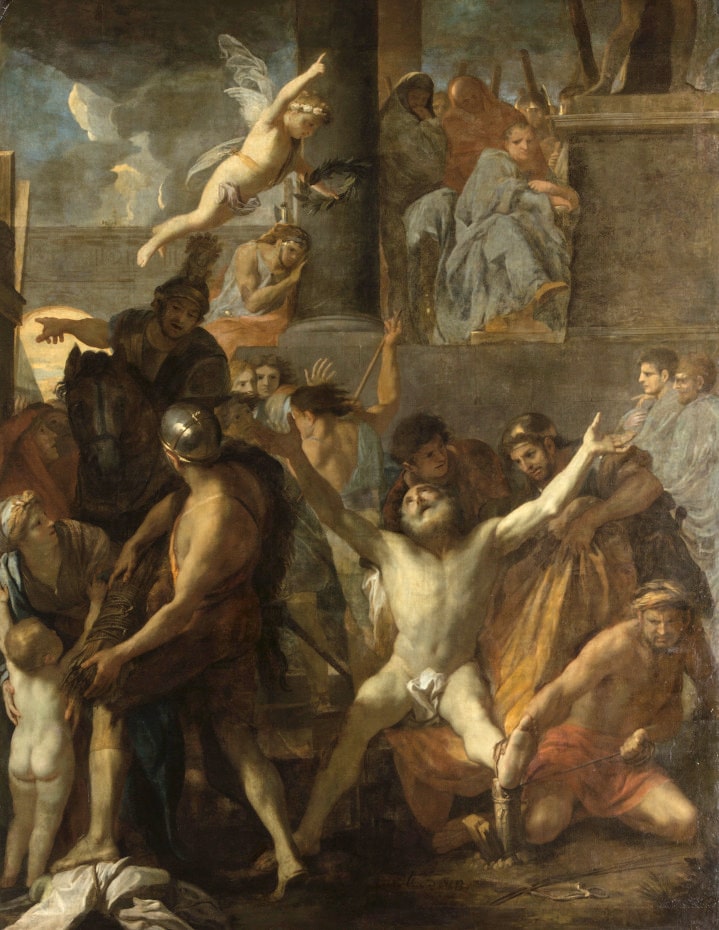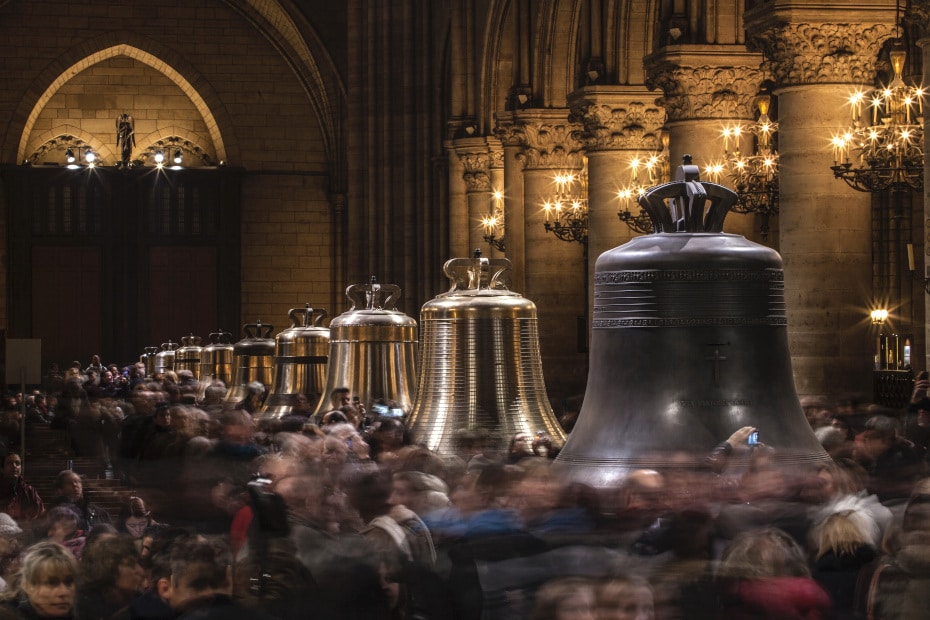Located on the north-west corner of the spire, on the exterior of the renowned Notre-Dame Cathedral in Paris, the sculpture of St. Mark is just one of the numerous religious figures embellishing the iconic edifice. This copper statue was designed by Eugene Viollet-le-Duc, sculpted by Adolphe Victor Geoffroy-Dechaume and produced by the Ateliers Monduit in 1861.
St. Mark, also referred to as Mark the Evangelist, is one of the four authors of the Gospels in the New Testament. He is credited with establishing the Church of Alexandria, positioning him as an early leader in Christianity. Traditionally, St. Mark is portrayed as a lion, symbolizing bravery and resurrection.
The depiction of St. Mark as a winged lion stems from the symbolic connections established between his Gospel and the images portrayed in the Book of Revelation and the Old Testament's Book of Ezekiel. Each of the four Evangelists – Matthew, Mark, Luke, and John – is represented by one of the four living creatures mentioned in these biblical texts, collectively known as the tetramorph.
In Revelation (4:7), the four living creatures are described as a lion, an ox, a human face, and a flying eagle. The Book of Ezekiel (1:10) offers a similar account, with the creatures displaying four distinct faces: a human face, a lion on the right side, an ox on the left side, and an eagle. Early Christian scholars linked each of these creatures to one of the four Evangelists:
- St. Matthew is symbolized by the winged man or angel, reflecting his emphasis on Jesus Christ's human ancestry and the incarnation.
- St. Mark is symbolized by the winged lion, signifying Christ's courage and resurrection. This symbolism also relates to the beginning of his Gospel, where John the Baptist is described as a "voice crying out in the wilderness," comparable to the roar of a lion.
- St. Luke is symbolized by the winged ox, highlighting Christ's sacrificial nature and the theme of service present in his Gospel.
- St. John is symbolized by the eagle, alluding to the divine nature of Christ and the lofty, transcendent nature of his Gospel.
Representing St. Mark as a winged lion emphasizes the themes of courage, strength, and resurrection found in his Gospel and underscores the connection to John the Baptist's voice. This imagery has been consistently used in Christian art and iconography, solidifying the winged lion as a widely recognized emblem for St. Mark the Evangelist.



